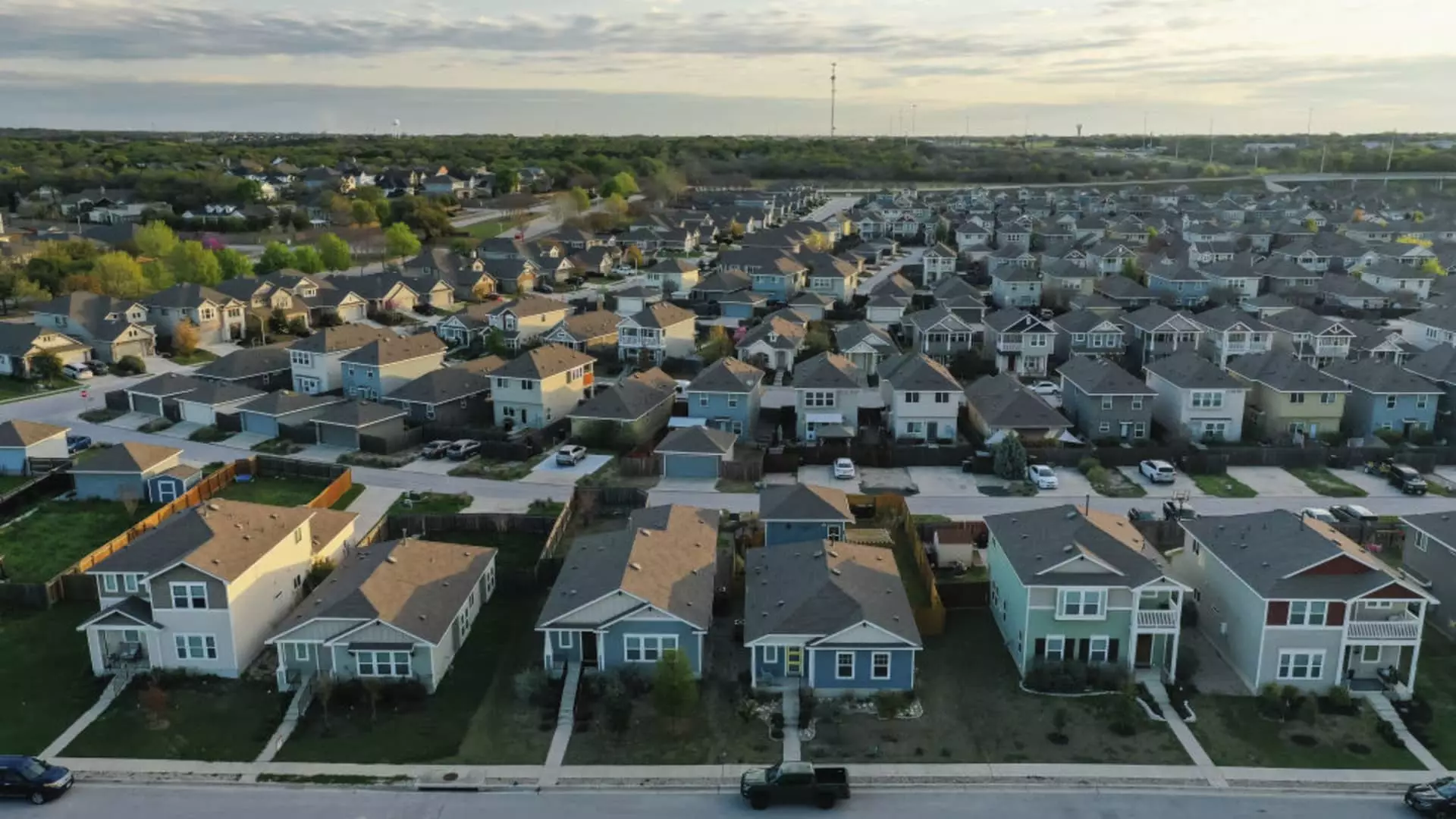The current landscape of the housing market offers little encouragement for potential homebuyers, particularly as we enter the crucial spring selling season. Despite an uptick in available listings, buyers remain hesitant to make commitments. A significant factor contributing to this cautious approach is the stagnation of mortgage rates, which have remained largely unchanged over recent weeks. This stagnancy, coupled with a relentless increase in home prices, creates a challenging environment for new purchasers.
Recent data from the Mortgage Bankers Association illustrates a concerning trend—mortgage applications for home purchases have dropped by 4% compared to the prior week. Even more stark is the year-over-year parallel: current demand mirrors what it was at the same time last year, indicating a flatlining in interest. Joel Kan, a key economist at the MBA, notes a rise in the average loan size for purchase transactions, which recently hit $447,300, the highest since late 2024. As buyers face escalating prices, the average contract interest rate for 30-year fixed mortgages saw a slight decrease to 6.97%. This minimal reduction, however, is hardly enough to reignite significant buyer interest.
Interestingly, the recent decline in mortgage rates can be attributed to shifts in the stock market and lower Treasury yields following Federal Open Market Committee (FOMC) announcements. Despite this decrease bringing the rate to a six-week low, many prospective borrowers still find themselves in a predicament: existing homeowners are largely locked into lower rates from prior months, making refinancing more appealing even as purchasing becomes increasingly daunting. Indeed, refinance applications have surged by 12% over the past week, showcasing that while purchase applications languish, homeowners are leveraging even the smallest advantages in rates to adjust their existing loans.
The confluence of rising home prices and diminished sales activity paints a worrisome picture for the housing market. Sales are reportedly near a 30-year low, intensifying the pressure on buyers who are already overwhelmed by escalating costs. January statistics highlight that nearly 15.6% of sellers have opted to reduce their prices, a slight increase from the previous year. However, despite this trend, many sellers are still managing to maintain their listing prices due to a relatively high level of competition in the market.
An interesting development is the 25% rise in inventory of homes available for sale year over year. Yet, this increase in supply is misleading, as homes are now lingering on the market longer. The average selling time in January reached 54 days, the longest duration recorded since early 2020. Even with more available listings, the supply remains 25% lower than pre-pandemic levels from January 2019, suggesting a persistent imbalance in the market.
The current housing market is fraught with challenges that continue to deter many potential buyers. With stagnant mortgage rates, rising home prices, and declining sales, navigating this landscape requires both strategic wisdom and an understanding of the underlying economic factors at play. Without substantial changes, the prospect of a revitalized real estate market remains uncertain.

